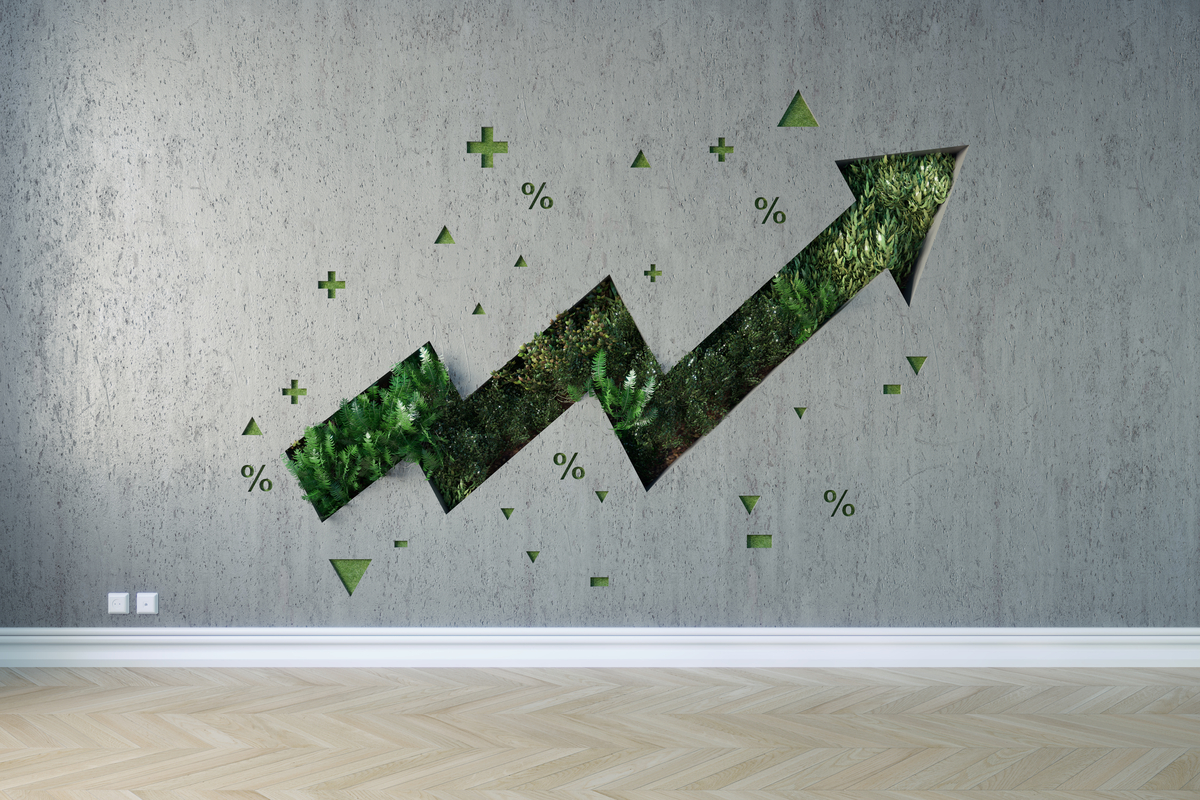Report on Russia’s Industrial Sector Growth and Its Alignment with Sustainable Development Goals (SDGs)
Overview of Industrial Growth
According to the state statistics service Rosstat, Russia’s industrial sector experienced a growth of 1.6% in May and 1.8% over the last year after adjusting for seasonal factors. This growth is primarily fueled by the defense sector, highlighting a significant shift in the country’s industrial dynamics.
Sectoral Performance and Economic Segmentation
Despite the overall growth, civilian industries have reported widespread contractions, raising concerns about the economy’s heavy reliance on the military-industrial complex, especially in the fourth year of the conflict in Ukraine.
- Defense Sector: Notable increases include a 42% surge in “miscellaneous transport equipment” and a 14% rise in finished metal products.
- Civilian Industries: Clothing production increased by 12%, and electronic, optical products, computers, and pharmaceuticals rose by 9%. However, other civilian sectors showed declines.
- Machinery-Building Sector: Expanded by 7%, while other industrial sectors contracted by 0.4% combined.
Analysts from Alfa-Bank described these results as evidence of a highly segmented economy, where defense output accelerates while civilian industries decline due to resource constraints.
Industrial Prices and Economic Resilience
Promsvyazbank analysts reported a third consecutive month of declining industrial prices, with Rosstat indicating a 1.3% shrinkage in the producer price index for industrial goods in May and a 2.8% decrease since the start of the year. This trend signals diminished resilience of the real economy to high interest rates.
Declines in Specific Civilian Sectors
- Automobile production decreased by 4% (seasonally adjusted for May) and 13.7% year-on-year.
- Wood products declined by 3% in May and 1.9% annually.
- Rubber and plastics production fell by 2% in May and 3.4% annually.
- Furniture output decreased by 3.2% annually.
- Clothing production dropped by 2.3% annually.
- Leather goods production fell sharply by 16.9%.
- Food and beverage output decreased by 0.9% and 3.3%, respectively.
Factors Influencing Industrial Output
- The Central Bank’s high interest rate of 20% has increased the cost of credit resources, cooling economic activity and reducing domestic demand.
- The strong ruble further constrains industrial output by making exports less competitive.
- Deputy Prime Minister for Agriculture Dmitry Patrushev attributed stagnation in civilian industries to increased working capital costs driven by the current key interest rate.
Implications for Sustainable Development Goals (SDGs)
SDG 8: Decent Work and Economic Growth
The industrial sector’s growth driven by defense contrasts with the contraction in civilian industries, indicating an imbalanced economic development that may affect employment and sustainable economic growth. The decline in civilian manufacturing sectors could lead to job losses and reduced economic diversification.
SDG 9: Industry, Innovation, and Infrastructure
The expansion in machinery-building and defense-related industries reflects progress in industrial innovation and infrastructure. However, the stagnation and decline in other industrial sectors highlight challenges in achieving inclusive and sustainable industrialization.
SDG 12: Responsible Consumption and Production
The contraction in various manufacturing sectors and declining industrial prices suggest inefficiencies and potential over-reliance on defense production, which may not align with sustainable consumption and production patterns.
SDG 17: Partnerships for the Goals
The segmented nature of the economy and resource allocation challenges emphasize the need for coordinated policies and partnerships between government, industry, and financial institutions to balance growth across sectors and support sustainable development.
Conclusion
Russia’s industrial growth in May 2025 demonstrates a significant dependence on the defense sector, with civilian industries facing contractions. High interest rates and a strong ruble have constrained broader industrial output, impacting economic resilience and diversification. Addressing these challenges is crucial for aligning Russia’s industrial development with the Sustainable Development Goals, particularly those related to economic growth, industrial innovation, and sustainable production.
1. Sustainable Development Goals (SDGs) Addressed or Connected
- SDG 8: Decent Work and Economic Growth
- The article discusses industrial growth and contraction, economic segmentation, and the impact of interest rates on economic activity, all related to promoting sustained, inclusive economic growth and productive employment.
- SDG 9: Industry, Innovation and Infrastructure
- The focus on industrial sector output, machinery-building, production of electronic and optical products, and defense sector growth relates to building resilient infrastructure, promoting inclusive and sustainable industrialization, and fostering innovation.
- SDG 12: Responsible Consumption and Production
- The decline in production of various civilian goods and the segmentation between military and civilian industries imply challenges in sustainable production patterns.
2. Specific Targets Under Those SDGs
- SDG 8 Targets
- Target 8.2: Achieve higher levels of economic productivity through diversification, technological upgrading, and innovation.
- Target 8.3: Promote development-oriented policies that support productive activities and decent job creation.
- SDG 9 Targets
- Target 9.2: Promote inclusive and sustainable industrialization and, by 2030, significantly raise industry’s share of employment and gross domestic product.
- Target 9.4: Upgrade infrastructure and retrofit industries to make them sustainable, with increased resource-use efficiency.
- SDG 12 Targets
- Target 12.2: By 2030, achieve the sustainable management and efficient use of natural resources.
- Target 12.5: By 2030, substantially reduce waste generation through prevention, reduction, recycling, and reuse.
3. Indicators Mentioned or Implied to Measure Progress
- Industrial Growth Rates and Output Changes
- Percentage growth or decline in industrial sectors such as machinery-building (+7%), transport equipment (+42%), metal products (+14%), clothing (+12%), electronic products (+9%), and declines in automobile production (-13.7%), furniture (-3.2%), and others.
- These indicators measure industrial productivity and sectoral performance related to SDG 8 and 9 targets.
- Producer Price Index for Industrial Goods
- Reported decline of 1.3% in May and 2.8% since the start of the year, indicating economic resilience and cost pressures affecting production.
- This can be used to assess economic stability and industrial sector health.
- Interest Rates and Credit Costs
- Central Bank’s 20% interest rate and its impact on credit availability and industrial output.
- These financial indicators affect economic growth and industrial development.
- Segmentation Between Military and Civilian Industries
- Qualitative indicator of economic structure and resource allocation efficiency, relevant to sustainable industrialization.
4. Table: SDGs, Targets and Indicators
| SDGs | Targets | Indicators |
|---|---|---|
| SDG 8: Decent Work and Economic Growth |
|
|
| SDG 9: Industry, Innovation and Infrastructure |
|
|
| SDG 12: Responsible Consumption and Production |
|
|
Source: themoscowtimes.com







